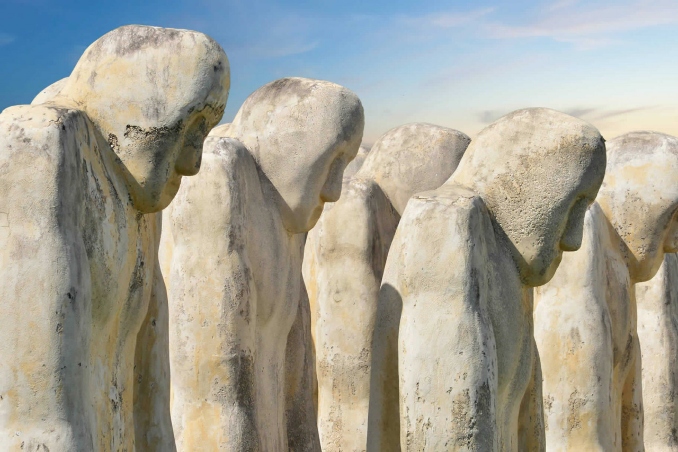Last updated on September 11th, 2021 at 07:55 am
The so-called slave castles on the Ghanaian coast, where many slaves embarked on their final journeys, serve as a stark reminder of the practice’s barbarism.
The International Day for the Remembrance of the Slave Trade and its Abolition was established by UNESCO in 1997.
The events of the night of August 22 to 23, 1791 inspired the day. On this night, men and women were torn from Africa and sold into slavery in modern-day Haiti and the Dominican Republic revolted against the slave system, demanding freedom and independence.
The uprising sparked a chain of events that culminated in the abolition of the slave trade. Haiti’s independence in 1804 is also unique in that it was the result of a successful slave revolt.
Related Posts
The purpose of the day is to remember the millions of people who died as a result of the trans-Atlantic slave trade, which was one of the most terrifying chapters in human history.
Every year, the United Nations invites people from all over the world, including educators, students, and artists, to organize events centered on the day’s theme.
In a statement, UNESCO Director-General Audrey Azoulay said, “It is time to abolish human exploitation once and for all and to recognize the equal and unconditional dignity of each and every individual on Earth.”

